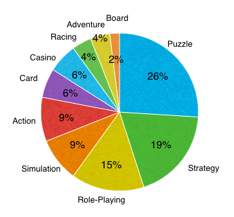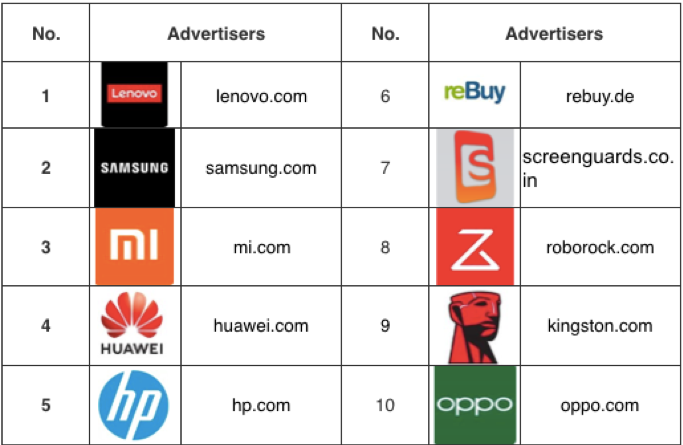How to Design Advertising Creatives for Roguelike Games?
- Roguelike games can stand on the shoulder of medium-to-heavy games as well!
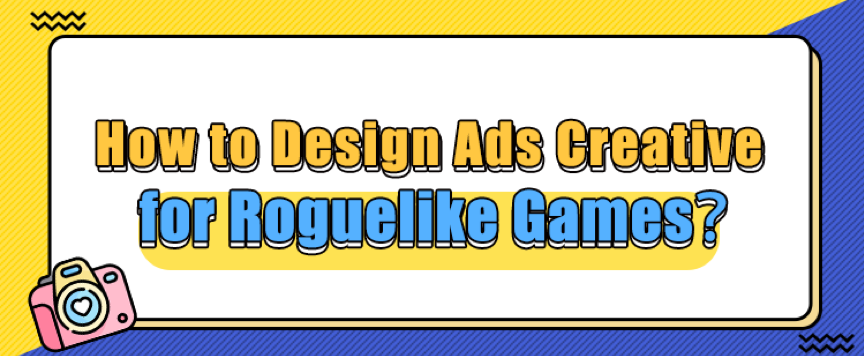
The Next Level, the film that became a hit this December, has made the adrenaline of many filmgoers and game fans surge. The real cast of the film got their hands in the RPG (role-playing game) developed based on their film and attempted to clear all the stages. The thrills, excitement, the action scenes, as well as the distinct contrast between the characters in and out of the game have successfully turned into sparks of “laughter” for the audience. This is exactly why RPGs are so extensively favored.
As a sub-genre of RPG, roguelike games have gone viral recently. Its most distinguishing feature is that each adventure the players have experienced is unique and irreproducible. Game contents, maps, enemies, inventories, and even roles, were randomly generated, and there are no save files to keep. A brand-new run for the game will be re-presented once your character dies, demanding constant curiosity and improvisation from gamers.
Roguelike Game Ad Creative: Preference for Strategy Guides and Pixel Arts
According to SocialPeta, Roguelike games, such as Archero, Combat of Hero,Soul Knight, The Binding of Isaac, and Gumballs & Dungeons, have attracted more attention in the industry. In contrast to other game types, the majority of creative elements for advertising in roguelike games are pixel arts/graphics.
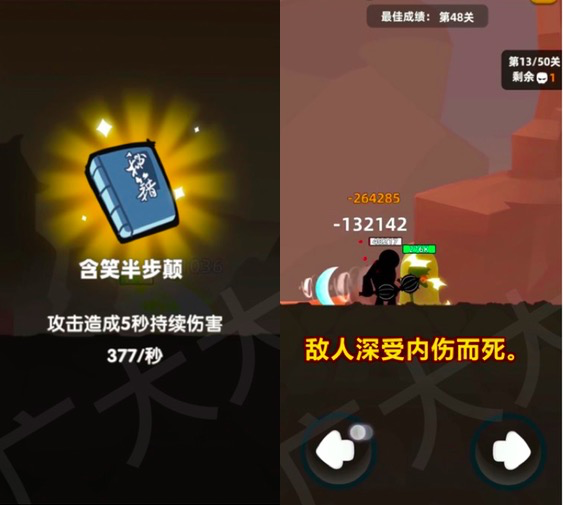
From the aspect of creative content for roguelike games, gameplays, walkthroughs, core interests, and crucial battle scenes are much more preferred. Their presentations are often accompanied by a relaxed, hilarious, exaggerated, exciting, and strongly immersive atmosphere. Taking one of the advertising creatives for Combat of Hero as an example, it can be seen how the classic “laughing Stephen Chow” meme was used to exhibit the fun and playability of the game, successfully piquing the interest of many gamers.
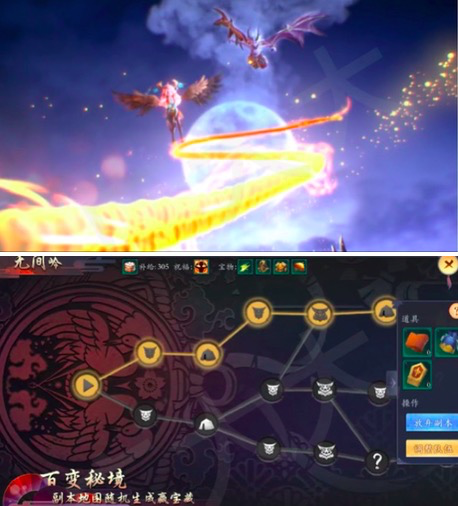
From the perspective of presentation, ad creative for roguelike games tend to involve diverse production logics that are aimed to arouse the emotional resonance and curiosity of the players from multiple angles. For instance, selecting creatives that trigger an intense sensory stimulation, presenting a world that combines fantasy and reality, as well as attracting users by comparatively displaying the different statuses of the players and narrating the lore.
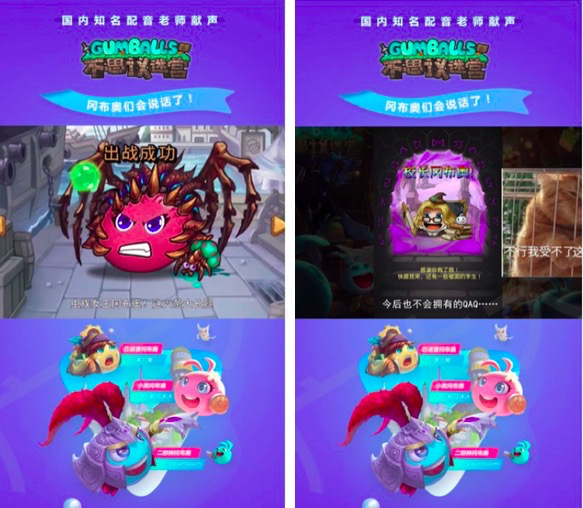
From the artistic and design perspective, roguelike games often take a pixel- or voxel-based background displayed in high color saturation and contrast, giving a strong focus on the important objects, and configured according to a set of rigorous logic, providing a powerful visual impact for the audience. For instance, the maze exploration mobile game, Gumballs & Dungeons, uses the creative path that integrates mixed-reality graphics with funny fictional voice dubbing and has successfully broken through the psychological resistance of numerous target users.
Standing on the Shoulders of the Giants: Drawing Inspirations from the Designs of Medium-to-Heavy Games
Creative elements for some roguelike games can, in a way, be associated with those used in medium-to-heavy games, and therefore developers for the former genre can consider making references to the development experience of their other counterparts as well. For instance, according to SocialPeta’s statistics, the creative type used in developing Archero shares a certain degree of similarity to the ad creatives for medium games, implying design element interchanging compatibility.
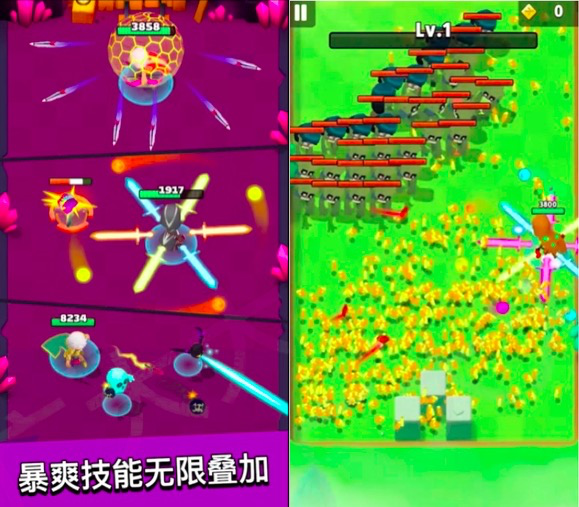
With religion as its design background, The Binding of Isaac is also a relatively unique type of roguelike games. Included in its ad creatives are all kinds of peculiar symbols and designs, the selective display of dark scenes, and the bizarre, out-of-the-ordinary sound effects, which portrays the great lengths taken by the designers in their attempt to embellish the atmosphere and plot of the game.
Due to the lack of
vivid understanding by most game enthusiasts, roguelike games are still currently
sitting in the minority zone within the massive gaming market. Despite this
humble reputation, nothing will stop the momentum of roguelike games from rapidly
advancing towards mature commercialization. Going forward, perhaps developers can
explore the ad creatives from the value of “revisiting” such games and its plot
depth to improve the promotional effectiveness.


